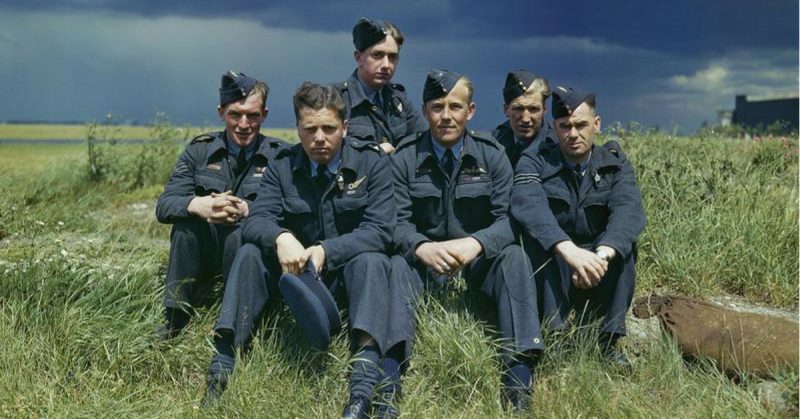The Dambusters raid was established as one of the most famous allied attacks of the Second World War almost from the moment the wheels of 617 Squadron touched back down on tarmac on 14 May 1943.
In the 75 years since, the raid has entered popular culture through a variety of avenues. It has been the subject of one of the defining British war films, of novels, radio dramas and even used to advertise beer.
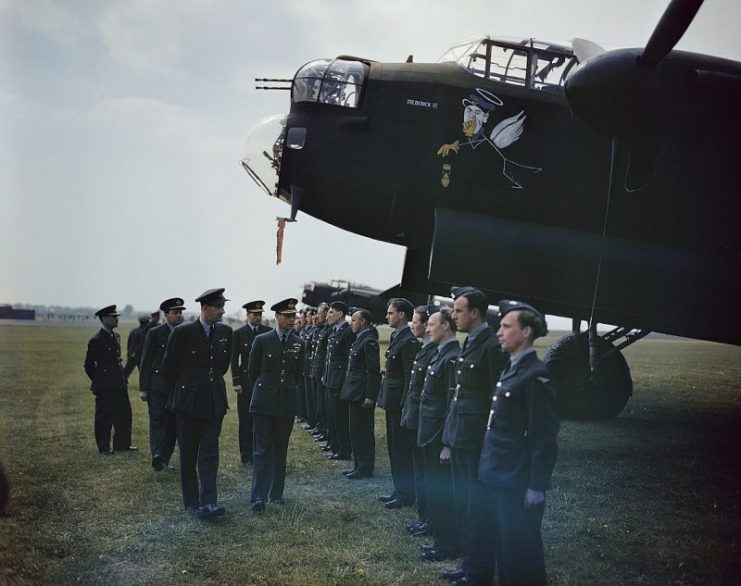
From 9.28pm on 16 May, 133 aircrew in 19 Lancasters took off in three waves to bomb three dams in Germany’s Ruhr valley. The dams in Germany’s Ruhr valley were well fortified, surrounded by torpedo nets and anti-aircraft guns. They were central to the industry of the surrounding area, both as a source of electricity and, naturally, a source of water. Their importance to Germany meant they were well protected against an allied attack.
A 24 year old wing commander named Guy Gibson spearheaded the attack. It took five aircraft to breach the first dam. The remaining aircraft then attacked the second dam – the Eder, which finally collapsed at 1.52am. Meanwhile, aircraft from the two other waves bombed the Sorpe, which survived the raid intact.
There were two reasons why 617 squadron were able to reach the dams..
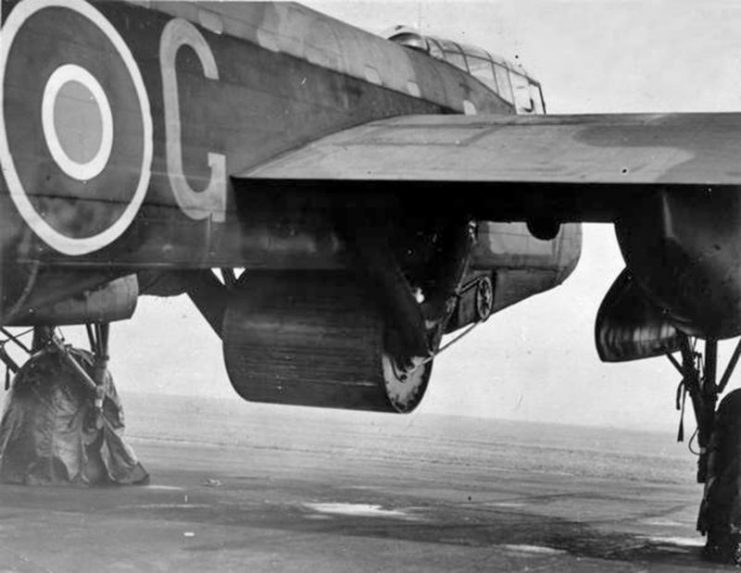
The first was technology. In 1942 British engineer Barnes Wallis began working on plans for a bomb that could skip across water. He developed the idea by experimenting with bouncing marbles across a water tub in his back garden. Wallis thought the new weapon could be used to attack moored battleships, but after research by the Admiralty and the RAF a different target for the bomb was settled on.
The second crucial element was the air-force. In late March 1943, a new squadron was formed to carry out the raid on the dams. 617 Squadron was led by 24-year old Wing Commander Guy Gibson and was made up of aircrew from Britain, Canada, Australia, New Zealand and the USA. With one month to go before the raid, and with only Gibson knowing the full details of the operation, the squadron began intensive training in low-level night flying and navigation. Their expertise in the air meant that the defences surrounding the dams could be overcome.
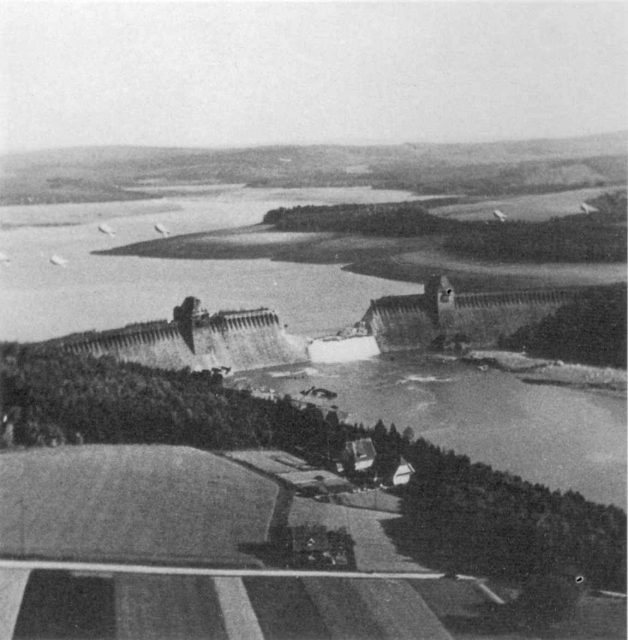
Although the Dambusters raid is often hailed as a great victory, its legacy is far more complicated. The squadron saw a huge number of fatalities – of the 133 aircrew that took part, 53 men were killed and three became prisoners of war. Similarly on the ground, almost 1,300 people, both soldiers and civilians, were killed in the resulting flooding.
Click here to learn more about the events and legacy of the ‘Dambuster’ raids.
The Inside View: The Lancaster (Pick your date)
Throughout May and June, you can join our expert IWM guides for an up close tour of the iconic Avro Lancaster. You will be guided through the history of the ‘Lanc’, before entering the rear of the fuselage and learning about the harsh conditions bomber command faced.
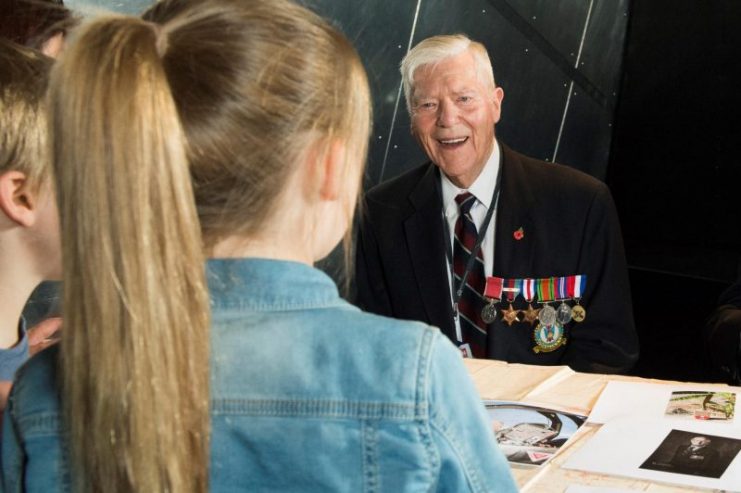
We Were There: Meet Veterans and Eyewitnesses (Find out more)
On 31 May, meet veterans and eyewitnesses at IWM Duxford. Get closer to history as you hear their personal experiences of conflict and answer questions you may have. Suitable for all ages.
